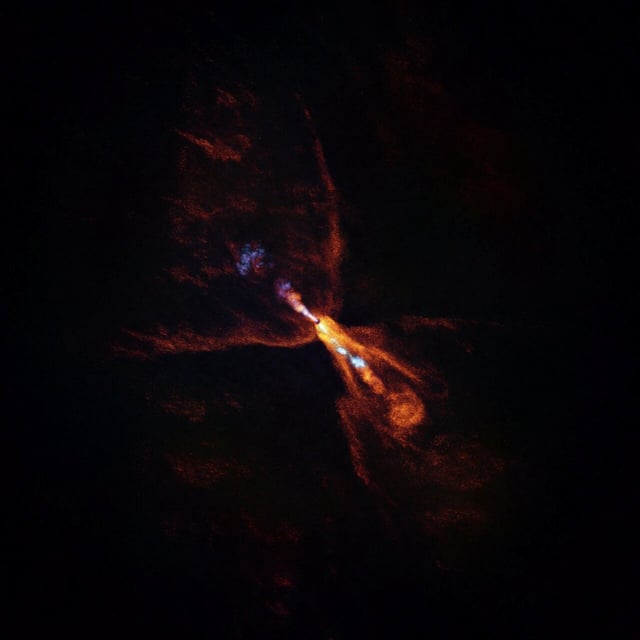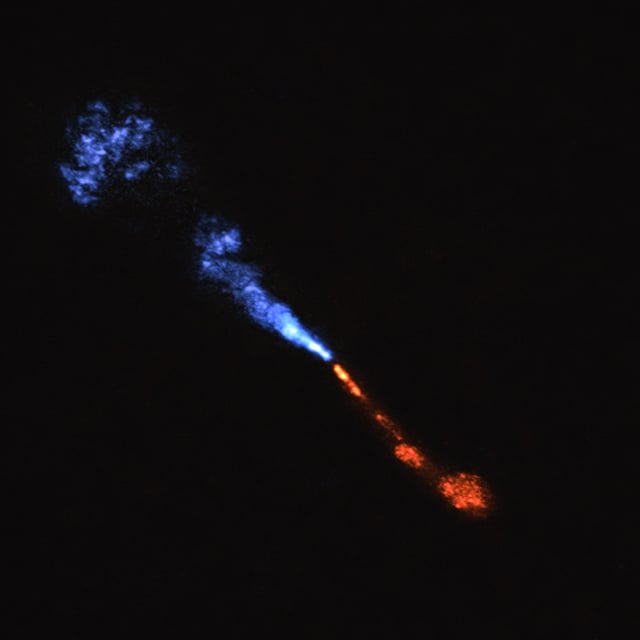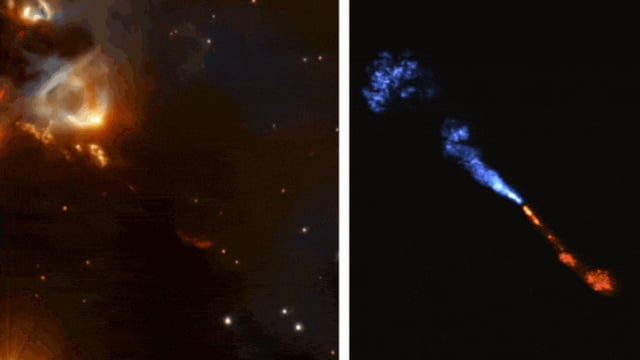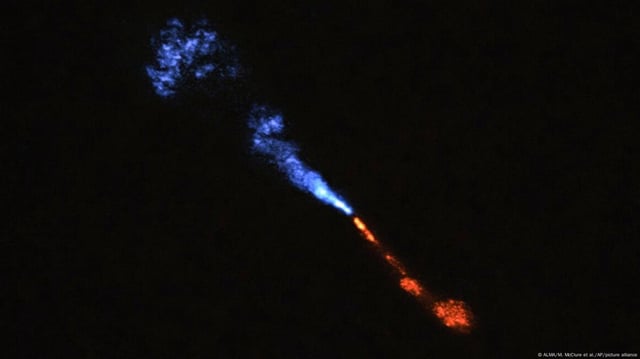Overview
- Researchers captured refractory mineral condensation around HOPS-315, a protostar 100,000 to 200,000 years old located roughly 1,300 light-years from Earth.
- They observed silicon monoxide gas condensing into crystalline silicates—the primary components of Earth’s crust—in the protoplanetary disk.
- The mineral condensation was pinpointed about 2.2 astronomical units from the star, a zone comparable to the Solar System’s asteroid belt.
- The results, published in Nature, provide the first direct evidence of planet-building materials forming in real time and align observations with longstanding theoretical models.
- This milestone opens the door to systematic surveys of young protostars and raises new questions about the frequency of Earth-like planet formation across the galaxy.



